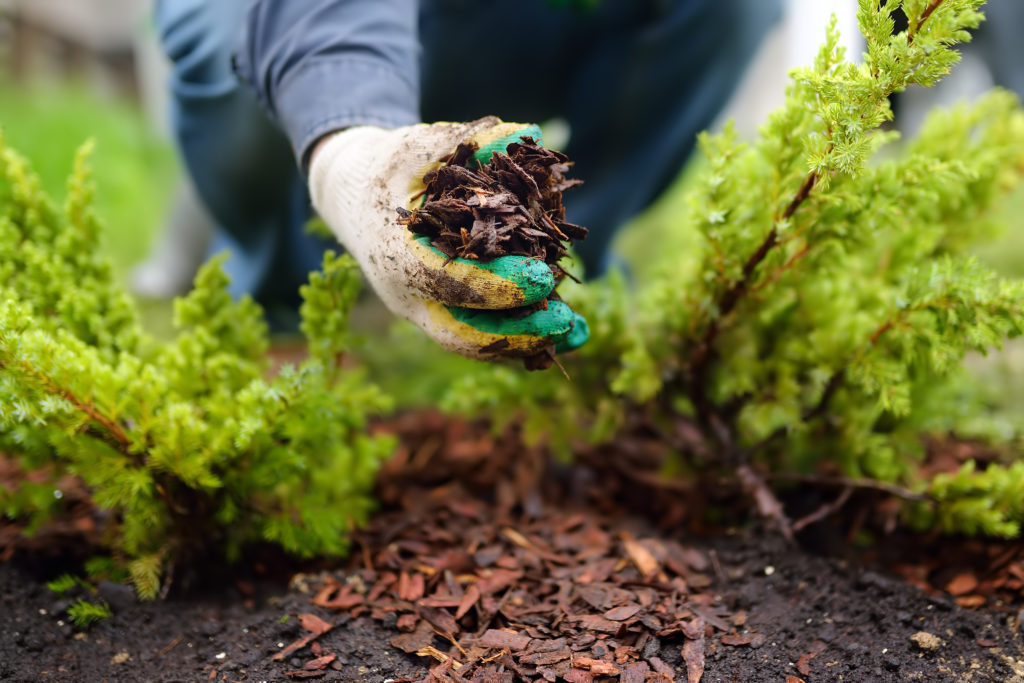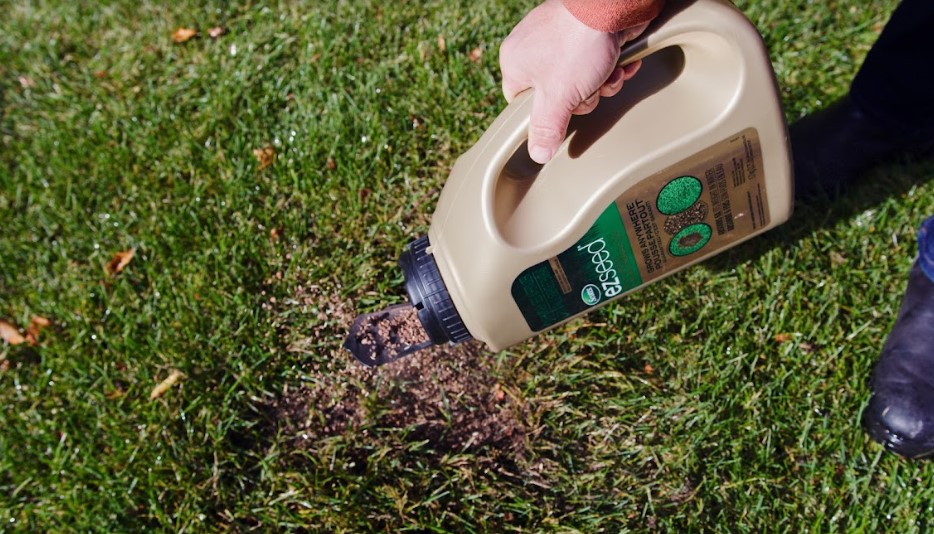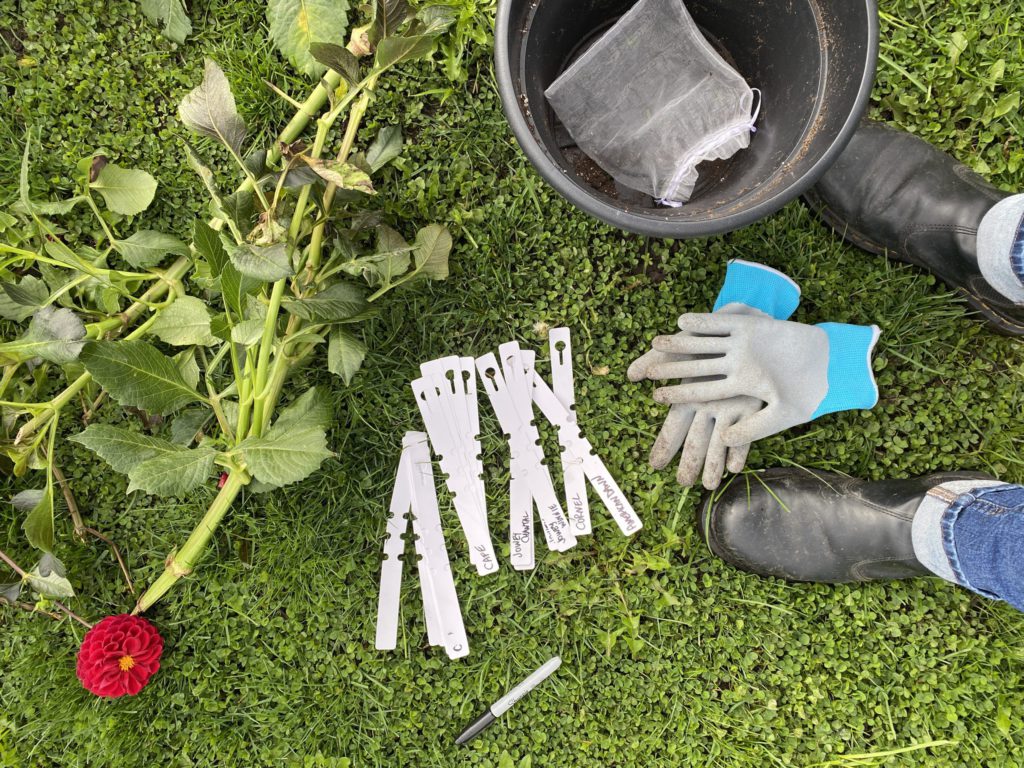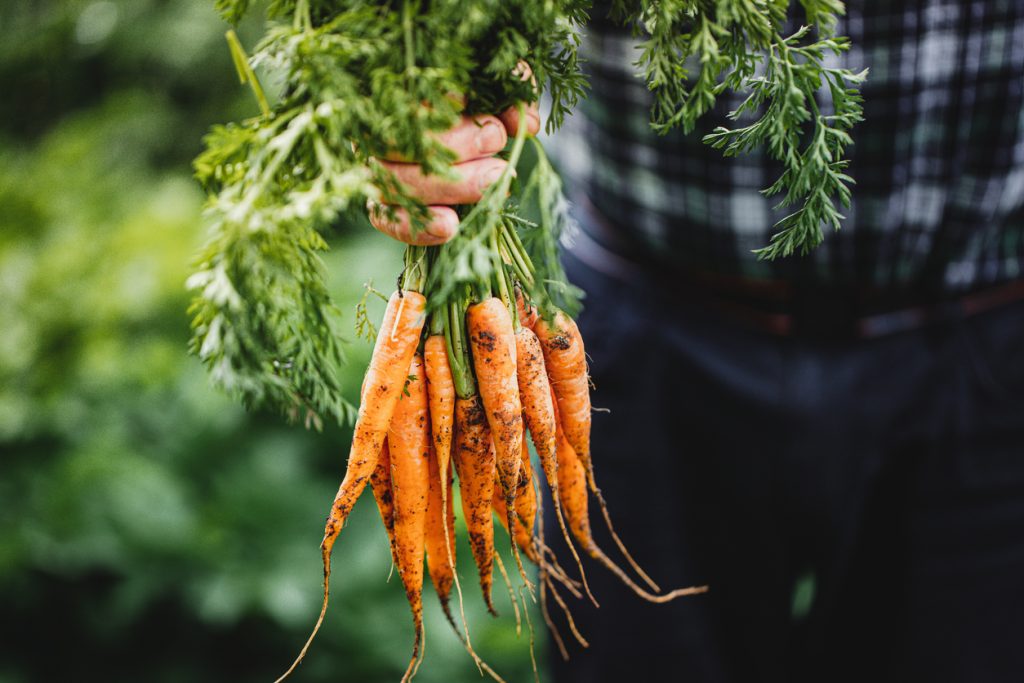What To Do In Your Garden This FALL

What should we be doing to get the garden ready for winter? As temperatures begin cooling off and daylight hours dwindle, it’s time to finish the gardening season strong. Is it ok to plant trees? What about planting fall bulbs? Are there tasks for the fall vegetable garden? A few simple outdoor chores now can help to make next Spring easier, like getting ready for winter in your vegetable garden, or considering some fall lawn care. It doesn’t have to be daunting – here is your TERRA guide to essential garden tasks this season: What to do in your garden this Fall.
Fall Tasks for Trees & Shrubs
- PLANT: Fall is an ideal time to plant new deciduous trees and shrubs. Plant new items up until about a month before the ground usually freezes, which means about the end of October in southern Ontario.
- WATER: Newly planted trees and shrubs will tolerate harsh winter conditions better when well watered in Fall. Extra water for evergreens is especially important in fall.
- LIGHT PRUNING: Fall is time to remove spent flowers or to lightly trim back roses, but avoid any major pruning until Spring. The best time to prune a shrub is right after it has finished blooming, in order to avoid accidentally cutting off next year’s flower buds.
- MULCH: Add a fresh layer of mulch around trees and shrubs to protect roots from winter extremes, especially more sensitive plants like roses or rhododendrons.

Fall Lawn & Yard Care
- LEAVE THE LEAVES: Dead leaves and other lawn debris contain valuable nutrients for your lawn. Use a mulching mower to finely chop dried leaves into the lawn when possible.
- REPAIR: Assess the condition of your lawn, and repair damaged spots with a patch repair product.
- DRAIN: Once any planting and watering is complete, drain garden hoses, coil and store. Remember to shut off indoor water valves and drain outdoor spigots, too.
- MAINTAIN: Use up or remove gas from power equipment like tillers, mowers, hedge trimmers and weed eaters or add a stabilizing product to the gas tank.
- CLEAN: Tidy up the patio and store or cover furniture. Clean and refill bird feeders, and remove old nest material from bird boxes.

Fall Flowers & Garden Beds
• STORE: Dig up tender summer flowers such dahlias, gladiolus, or canna lilies and store tubers and corms in a cool, dry place. Find more advice on dahlia storage, read How To Dig & Store Dahlias For Winter here.
• PLANT: Now is the time to plant early spring flowering bulbs like tulips, crocus, alliums & daffodils. This small effort now reaps major rewards when those first blooms emerge in early Spring!
• HARVEST: Take a final harvest from the herb garden and hang woody herbs (like rosemary or thyme) to dry, or preserve.
• CLEAR (but not too much!): Remove the finished annuals from garden beds, and if any disease was present, cut back perennials. Leave healthy foliage to fall and die back, providing insulation to the garden and hibernation habitat for pollinators.
• MULCH: As with the trees and shrubs, apply a layer of mulch where needed to protect more tender perennials & shrubs.

FALL TASKS FOR THE VEGETABLE GARDEN
- Make notes on the layout to help with crop rotation next year.
- Collect and save seeds from heirloom fruits and vegetables.
- Continue harvesting fruits & vegetables and try canning or freezing extra produce.
- Plant garlic and shallots.
- Remove garden structures including tomato stakes, trellises, etc.
- Give the compost pile a final turn, add it to the garden and till it in.
- Add a layer of manure or compost to enrich the soil and replenish nitrogen levels.

